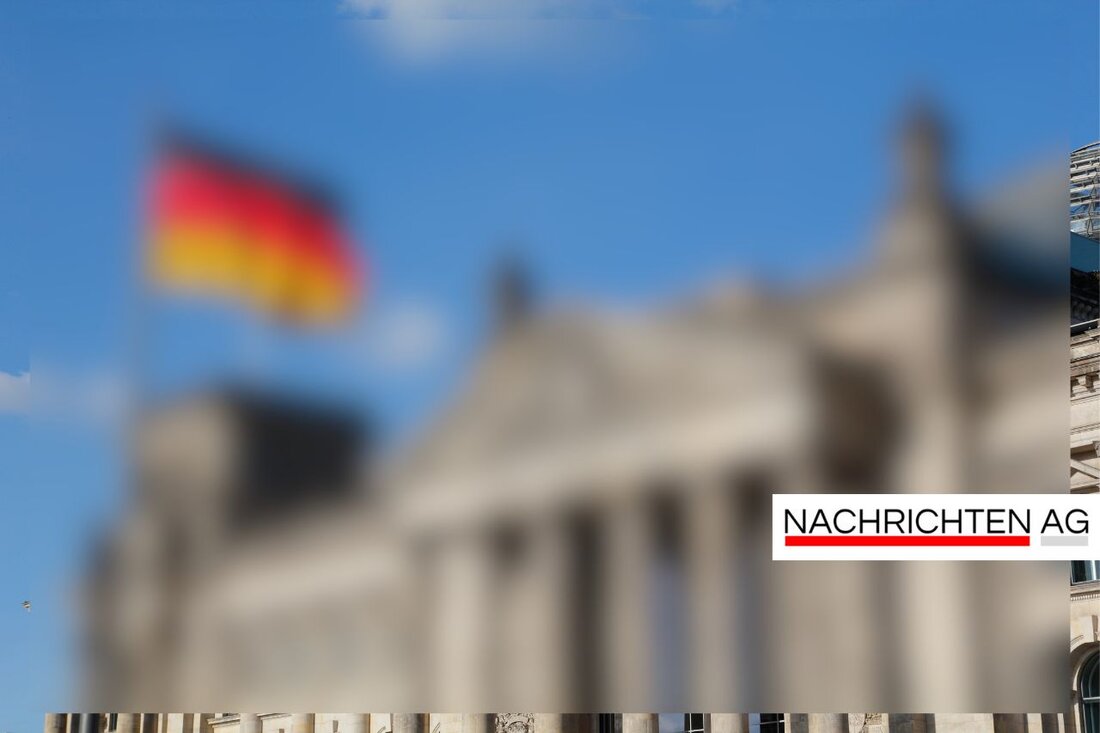Red alarm level: Brandenburg's air quality endangers health!

Red alarm level: Brandenburg's air quality endangers health!
Brandenburg an der Havel, Deutschland - What is the air quality in Germany? The view of Brandenburg an der Havel gives interesting insights here. According to the current measurements on the Werner-Seelenbinder sports field, an alarming picture is shown. On July 4, 2025, fine dust values of a remarkable 100 micrograms per cubic meter of air were measured, which is classified as "very bad". The limit of 50 micrograms per cubic meter was clearly exceeded. In principle, this value may only be exceeded on a maximum of 35 days a year, but the exceedings are more pronounced, especially in metropolitan areas, such as MAZ-ONLINE.de confirmed.
fine dust, especially in the form of PM10 and PM2.5, has developed into a central topic in air pollution control. PM10 measurements have been carried out in Germany since 2000 and have shown positive tendencies since then-the annual means of 50 µg/m³ have dropped between 15 and 20 µg/m³ in the 90s. Nevertheless, it should be noted that 99 percent of the measuring stations exceed the upper limit of 5 µg/m³ recommended by the WHO. Here the German Environmental Aid clarifies that the Federal Government must act urgently.
health risks and recommendations
The health risks of fine dust should not be underestimated. Every year there are around 240,000 early deaths in the EU, which are due to air pollution. The health consequences for sensitive groups, such as seniors and people with previous illnesses, are particularly serious. With "very bad" air quality, it is advisable to avoid physical exertion outdoors. With values of 51 to 100 µg/m³, sensitive people should avoid exhausting activities outside. Short-term health effects are unlikely for "moderate" values, but sensitivity are also required here, as in the measurement data and recommendations of the environmental office office.de.
It is also interesting that the WHO has set clear limit values for fine dust and nitrogen dioxide in its statement from 2021, but this is not observed in Germany. Almost three quarters of the measuring stations exceed the harmful value of 10 µg/m³ for nitrogen dioxide. With the current peak values that are recorded in cities such as Munich and Essen, the German environmental aid requires to act promptly and the air quality guidelines design.fine dust through fireworks
An additional aspect of fine dust pollution is the fireworks. Every year around 2050 tons of fine dust are created in Germany, of which 1500 tons escape during New Year's Eve alone. This corresponds to about 1 percent of annual emissions in Germany. However, these values vary depending on the meteorological conditions and show that air quality suffers particularly in these critical times. Fireworks are often classified as harmful to health and increases the already high load.
In summary, it turns out that the air quality problem in Germany is still a hot iron. It remains to be hoped that the federal government will take the necessary pressure and responsibility to protect the health of the population and to improve air quality.| Details | |
|---|---|
| Ort | Brandenburg an der Havel, Deutschland |
| Quellen | |
